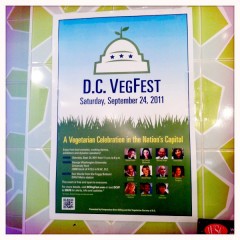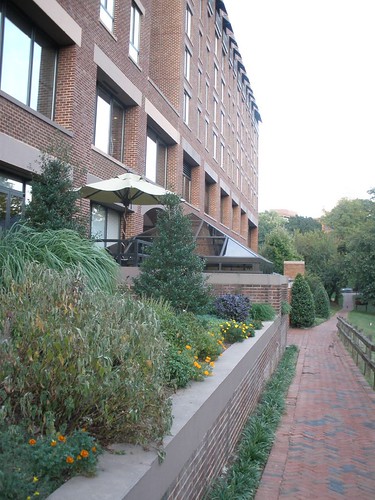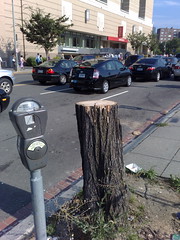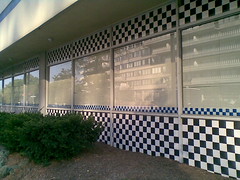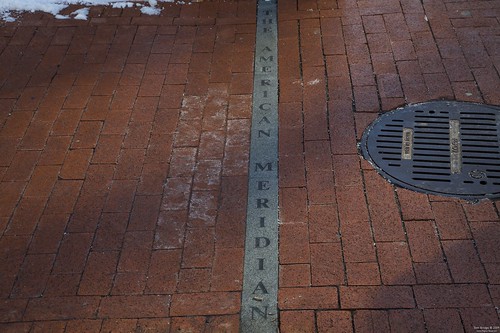
Longitude is probably one of the most important scientific solutions of the modern era. It was easy to work off a set of common star charts and figure out how far north or south of the equator you were. Take a couple readings at sunrise, midday and sunset, chart a few stars, and wham there you are. We’ve been measuring that for millenia now. But Longitude was a lot harder. By the early 18th century, it had become such a problem for sea-faring nations that the King of England set forth a prize to determine the best way of calculating it. Enter John Harrison and his clocks. If you can keep accurate enough time, you can determine your longitude. It took decades of engineering, and the promise of riches (in some cases denied, read Dava Sobel’s Longitude, which is a fascinating historiography of the events surrounding the prize.)
The thing about Longitude that is most interesting is that there’s no clear and obvious choice for a prime meridian, the way there is with latitude and the Equator. Thus, common standards of practice evolved, with prime meridians, and associated maps, appearing at Greenwich, Paris, Rome, and various other European centers. Each set of charts was keyed to use with a specific set of longitudes, with no common standard. Thus it was that Thomas Jefferson set the first American Meridian through the center of the Executive Mansion in 1793. This meridian would stay in place through 1850 when it was moved west 8 blocks to 24th Street at the site of the Naval Observatory (now the grounds of the US Navy Bureau of Medicine and Surgery at 24th and D Streets) where it remained the American line of demarcation and measurement until 1884 when we moved to the Greenwich Standard by International Treaty.
But why have an American Meridian when Greenwich’s would do? The only good way to measure longitude was to take a clock, synchronized from Greenwich’s observatory master clock, and sail it across the Atlantic. Sure, that sounds pretty straight forward, but clocks, even as late as the early 19th century were not anything we’d considerate accurate to the second, not to mention had all kinds of mechanical issues even if you sailed them across the sea. Not to mention the fact that two journeys could come up with two totally different longitudes for the final result. Thus, setting a local point of demarcation allowed for a better continuity of result. Continue reading →

